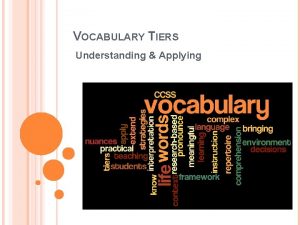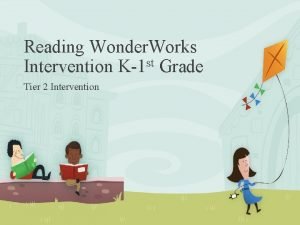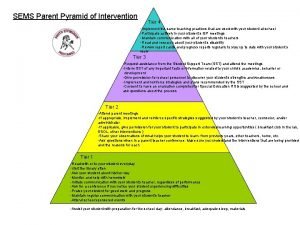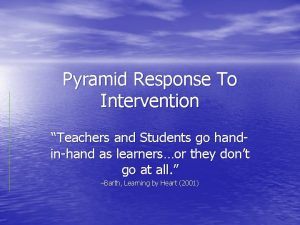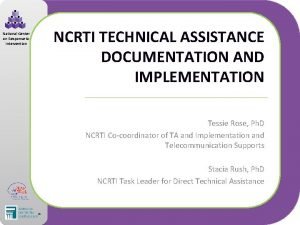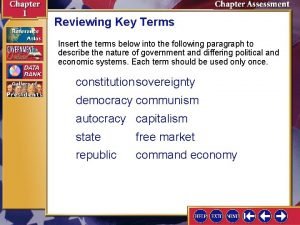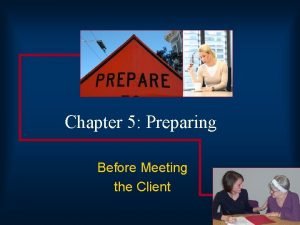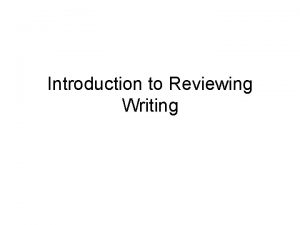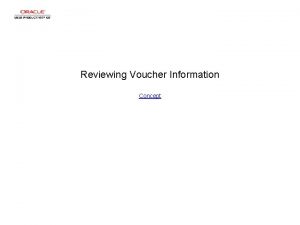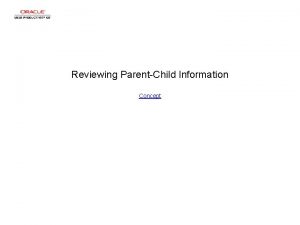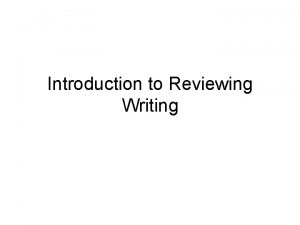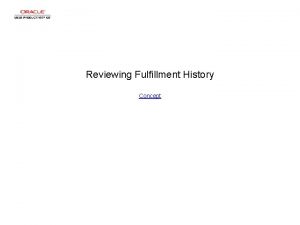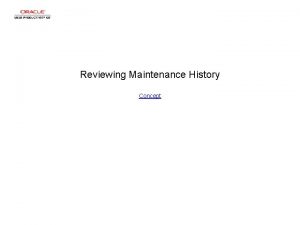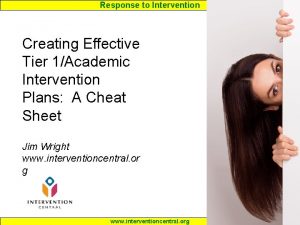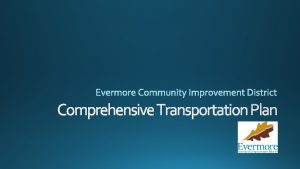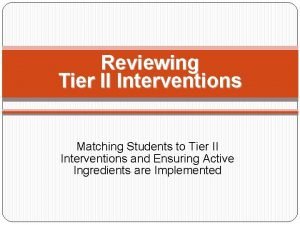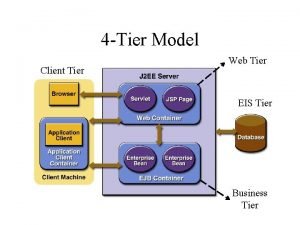Response to Intervention REVIEWING ELEMENTARY IMPLEMENTATION Tier 1











- Slides: 11

Response to Intervention REVIEWING ELEMENTARY IMPLEMENTATION

Tier 1: Core Classroom Instruction Elementary Focus All students Program Core reading program Grouping Multiple formats: whole group, small group, pairs Time K-2 3 -4 Assessment Benchmark assessment three times/year (Sept, Jan, May) using the district’s choice of assessment Interventionist General education teacher with assistance from other educators Setting General education classroom West Virginia Department of Education 90 minutes per day for RLA (proposed in 2510 revision)

Tier 2: Intervention Elementary Focus At-risk students as determined by repeated benchmark assessments Program Explicit, systematic, SBRR, targeted essential components of reading Grouping Homogenous small group (1: 3, 1: 4 or 1: 5) Time Tier 1 + 30 min/day (50 sessions) Assessment Progress monitoring (2 x/month) on target skills, diagnostic assessment Interventionist Title 1 reading specialist, special educator, speech language pathologist, other qualified professionals Setting Generally pull-out West Virginia Department of Education

Tier 3: Intensive Intervention Focus Students with marked difficulties who have not responded to Tiers 1 and 2 Program Sustained, intensive scientific research-based reading instruction or other interventions Grouping Small group (1: 3) Time Tier 1 + additional 45 -60 min/day – may be accomplished in segments to achieve total additional minutes Assessment Progress monitoring (2 x/month) and diagnostic assessments Interventionist Educator with specialized reading, or other relevant, skills that address individualized needs Setting Generally pull-out – before school, after school, summer school – appropriate classroom environment West Virginia Department of Education



Walk-to-Intervention Delivery Model Grouping Across a Grade Level 4 Classrooms 86 Students 6 Staff Members Decoding Group (silent e) 5 Students Sp Ed Teacher Decoding Group (CVC) 5 Students Reading Teacher Decoding Group (vowel teams) 7 Students Classroom Teacher #1 Advanced Word Study Group (multisyllable words) 21 Students Classroom Teacher #2 Fluency Group 23 Students Classroom Teacher #3 Benchmark Group 25 Students Classroom Teacher #4 From A Principal’s Guide: Implementing Response to Intervention by Susan L. Hall West Virginia Department of Education

Elementary School Implementation Benchmarks January 2008 § § § § Strengthen Tier I through use of new basal text and familiarity with Tiered Models and intervention language Conduct 3 -Tier Reading Model book studies Develop school-wide assessment calendar for benchmark and progress monitoring Determine which personnel will administer assessments Implement universal screening in January, May Develop master school schedule to accommodate intervention for following year Investigate and select a model for delivering intervention (who, when, where) West Virginia Department of Education

Elementary School Implementation Benchmarks June 2008 § § Special education and Title I teachers trained in interventions June training established for K-2 teachers in analyzing data, grouping students for intervention, and intervention lesson planning Grades 3 – 5 teachers introduced to Tiers and integration with CSOs Principal begins to assemble administrator's data notebook (schoolwide data reports, data summaries by class and grade levels) West Virginia Department of Education

Elementary School Implementation Benchmarks August 2008 § Master schedule established to accommodate Tier 2 and Tier 3 § Teachers are provided time to analyze data and plan collaboratively (data meetings are scheduled for school year) § Staffing arranged to provide Tier 2 and Tier 3 interventions § Grades 3 – 5 teachers work within professional learning communities to begin using interventions § Special education teachers work with Sp Ed Teacher Leaders on roles and responsibilities § Principals develop/implement strategies for monitoring implementation of research-based reading strategies at Tier 1 § Schools communicate with parents about the 3 -Tier instructional model West Virginia Department of Education

K-2(3)Reading Model What When K-3 Reading Model Book Study Part 2: RTI Implementation & Technical Assistance Guide & Policy 2419, Chapter 4 (SLD eligibility) has been advertised and graduate credit procedures re-iterated Spring 2008 Assessment and intervention webinars with Roland Good & Sharon Vaughn Spring 2008 Planning and Delivering Intervention Instruction with Susan Hall and Jennifer Ashlock – memo disseminated to superintendents February 2008 June 12, 2008 (Charleston) West Virginia Department of Education June 13, 2008 (Morgantown)
 Vocabulary pyramid
Vocabulary pyramid Tier ii words
Tier ii words K-trider level 1
K-trider level 1 Pyramid of intervention
Pyramid of intervention Intervention mapping steps
Intervention mapping steps Simplifying response to intervention
Simplifying response to intervention Pyramid response to intervention
Pyramid response to intervention National center for response to intervention
National center for response to intervention National center on response to intervention
National center on response to intervention Communism capitalism venn diagram
Communism capitalism venn diagram Preparatory empathy examples
Preparatory empathy examples Febabook
Febabook
